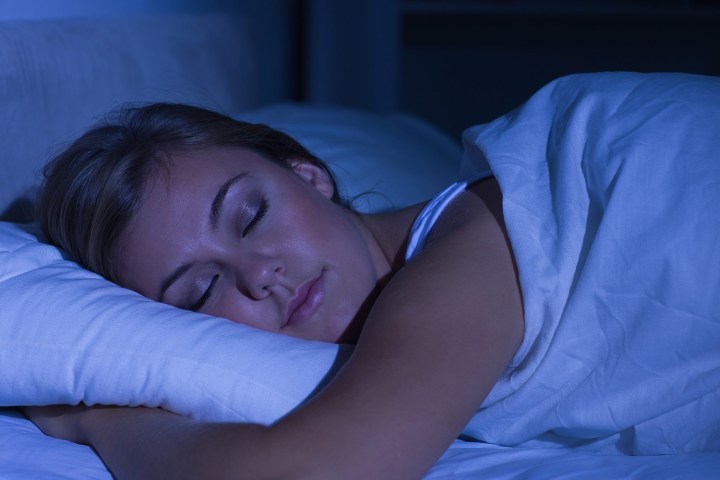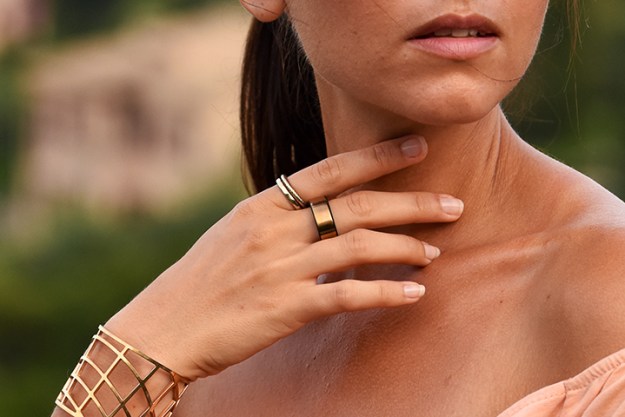
Priced at $135, the course gives you 16 weeks of access to the program. Considering the price of a single therapy session can range between $65 and $200, the course could be more affordable, especially for the uninsured. Additionally, it can be difficult to find a reliable CBT-I therapist for those who have insomnia, so the program might be a suitable alternative for those who can’t find a doctor in their area.
“Unlike printed material, video collections, or recorded lectures, each online Core is personalized to your current sleep patterns and goals, and walks you, step-by-step, through exactly what you need to do to maximize your sleep improvements, now and for the future,” according to the SHUTi site. It takes seven hours over the course of seven weeks to complete. You’ll take a series of quizzes, do exercises, and keep a sleep journal to help create your personal sleep recommendations. These suggestions will be aimed at breaking you of bad sleep habits.
Recent research suggests the SHUTi course is also effective. In a sample of 303 adults with chronic insomnia, those who took nine weeks of SHUTi showed significant improvement in their insomnia symptoms compared to those who did not use it. Many of the patients maintained their improved sleep patterns over time, with roughly 57 percent receiving the classification of “insomnia remitter” after one year.
If the results hold up, the program could help a lot of people. JAMA indicates that 20 percent of adults meet the diagnostic criteria for insomnia, while 50 percent of adults report occasional insomnia symptoms. Per the CDC, school age children should get at least 10 hours of sleep per night, teens roughly nine to 10 hours, and adults seven to eight hours. The Centers for Disease Control say insufficient sleep is increasingly recognized as a public health problem.
Editors' Recommendations
- This light bulb can track your sleep and monitor your heart rate from afar
- Does tracking your sleep actually help you sleep better? We asked an expert
- The Amazon rainforest is burning, but there’s a way you can help from your desk


